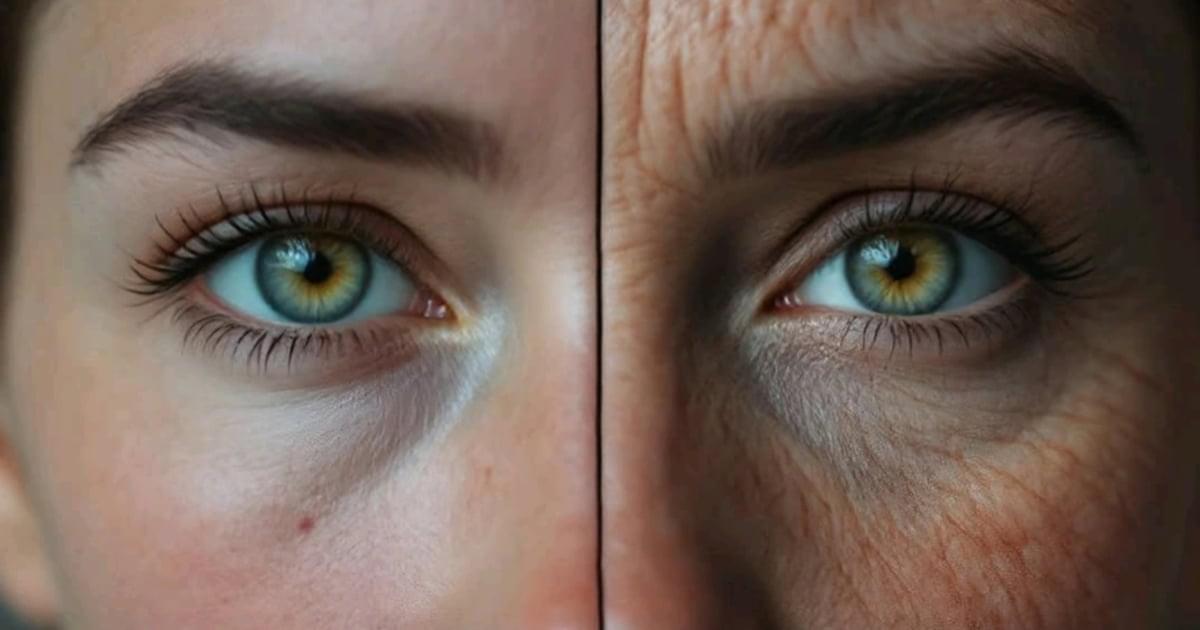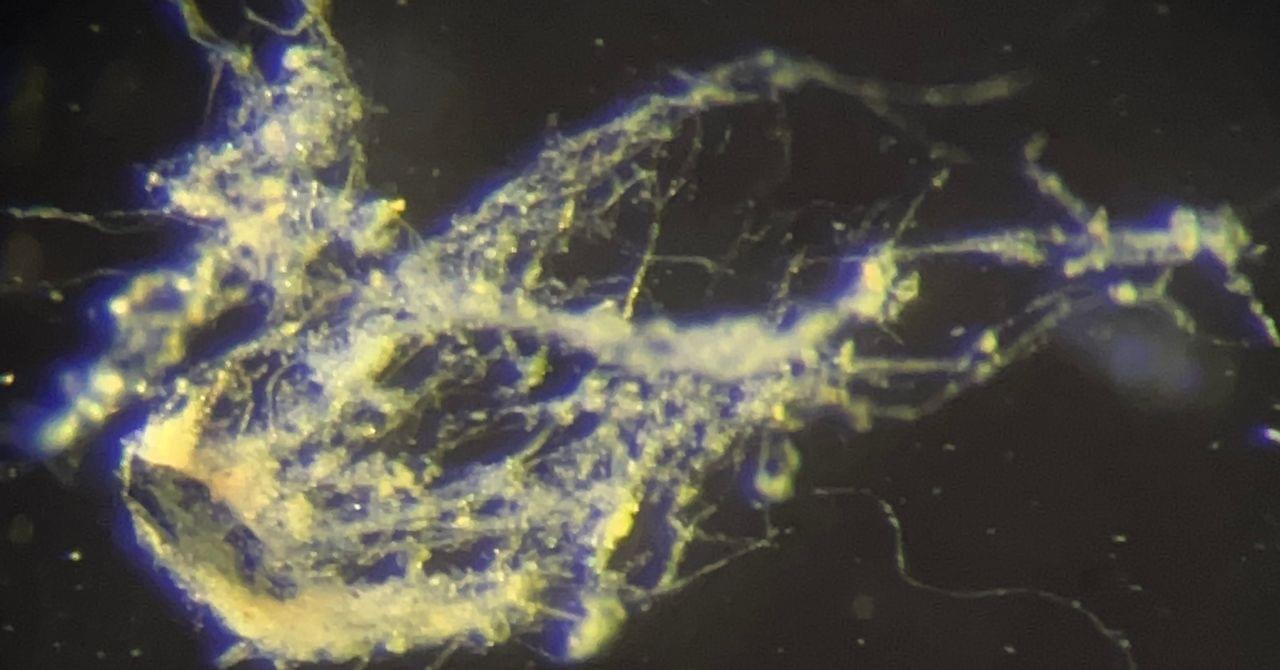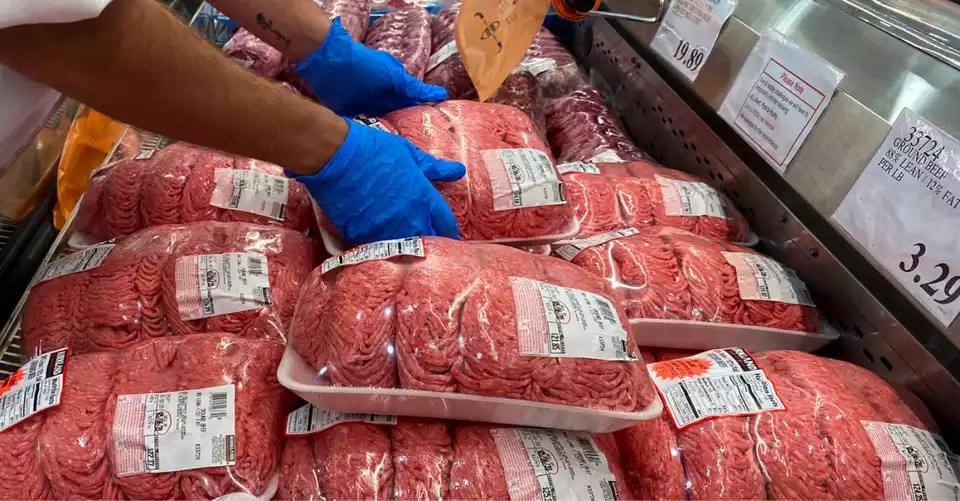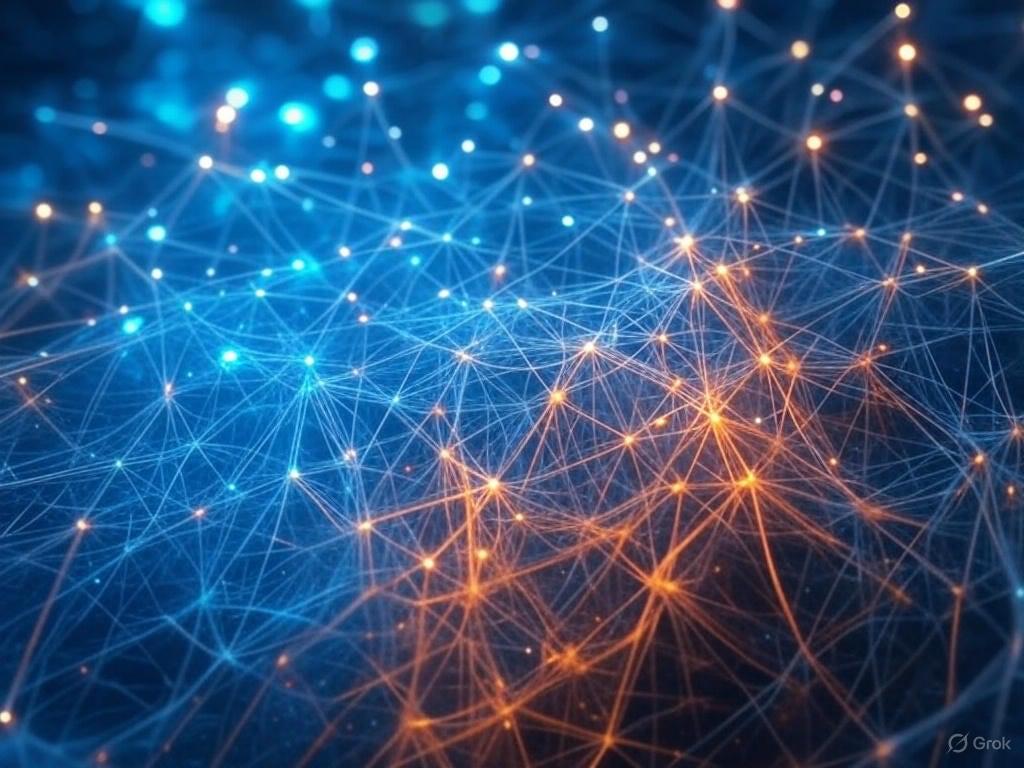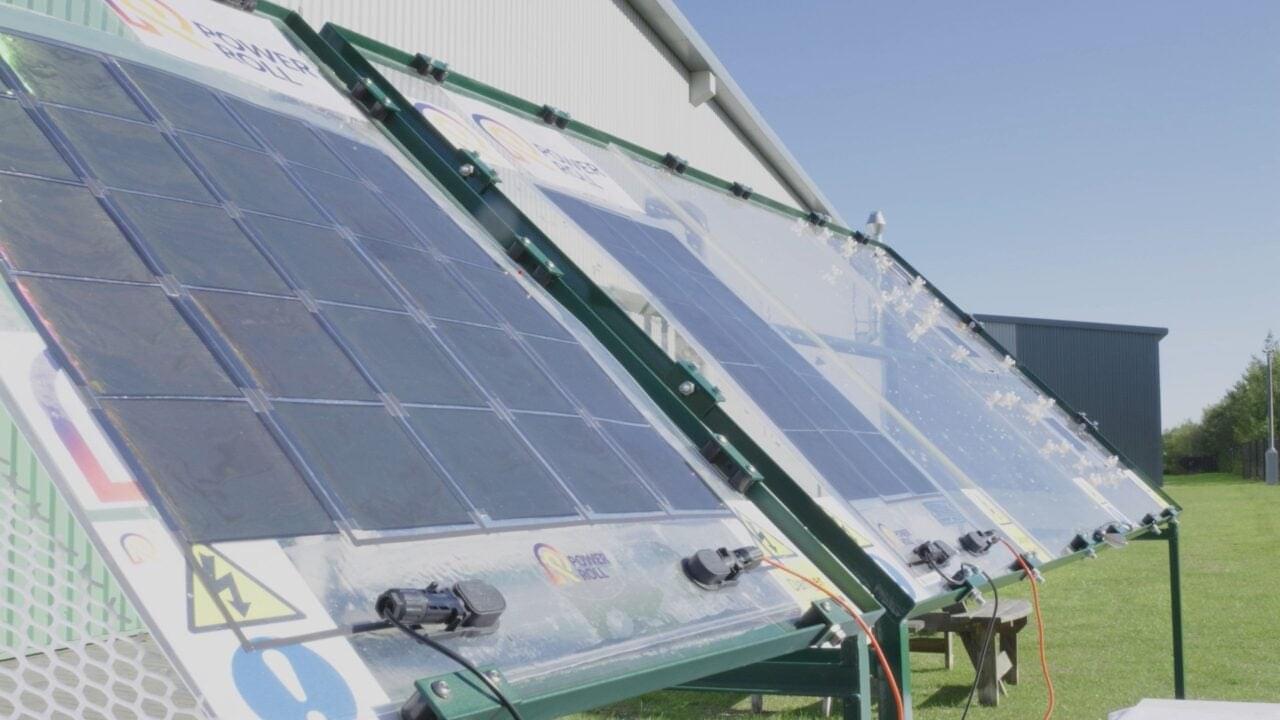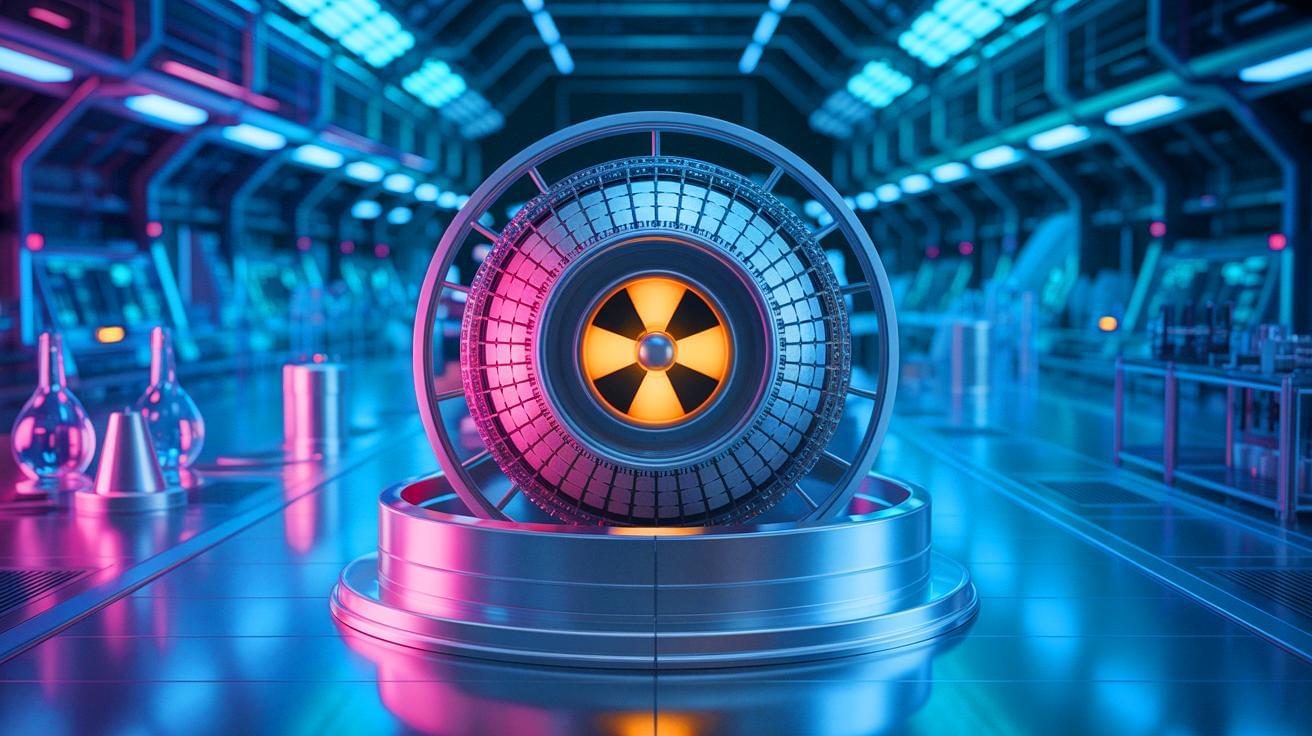The researchers discovered that AP2A1 seemed to be responsible for switching cells between their “young” and “old” states—senescent cells were rejuvenated by the suppression of the protein, and younger cells aged by its overexpression.
The scientists also found that the AP2A1 was frequently in close proximity to another protein: integrin β1, which aids cells in binding to the collagen scaffold that envelops them. Both proteins, the researchers described, travel along stress fibers within cells.
